What does it take to build a safari bush camp from scratch every year?
The South Luangwa National Park in Zambia is world renowned for its remote bush camps. Many of these, like Nkonzi Camp, are only open for a few months a year. Gavin tells us what it takes to start from square one every twelve months.
“Many of our guests are amazed to find out that Nkonzi Camp only exists for five months of the year. The rest of the time, everything is packed away safely in our storeroom, and a river runs through the Nkonzi bush camp site. Occasionally some exciting wildlife moves in too – last year it was this rare African bush pig couple.

Nkonzi Camp opens on June 1st, and it’s a race to get everything ready in time. In March we usually unpack all our equipment from storage and gently evict the spiders and geckos that have set up home over the rainy season. Towards the end of April I start watching the Luangwa River very closely, trying to guess when our camp site will be accessible again. Then one day in May we take the plunge and try bush whacking our way to Nkonzi. This is usually a very long and muddy day, but loads of fun too.
Once we have unearthed our road and built a new river crossing, camp building begins in earnest. The equipment arrives by Land Cruiser and we begin pitching tents, erecting our open-air en-suite bathrooms, building the camp kitchen, and most importantly chilling the beers! All of our solar panels and hot water geysers go up and we wire in the solar lights. Our staff get creative and begin weaving furniture and decor from natural materials collected from the bush. And finally camp is built, ready to welcome our first guests of the safari season.
It’s hard work to build and dismantle a bush camp every year, but the privilege of being in such a remote area is absolutely worth it. I also get great satisfaction from knowing that Nkonzi Camp has almost no environmental footprint. This really is the ultimate in low-impact wilderness safari, just as the early adventurers would have done it.”


